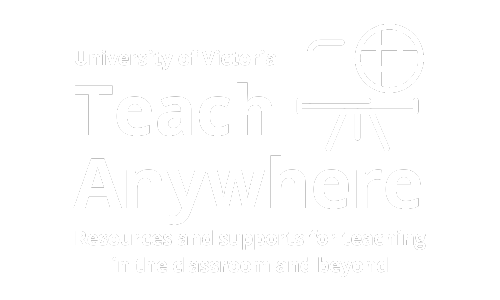Lessons are an effective method of organizing your course content. You can use them to simplify your topic structure and to apply conditional releases to entire sections. The New Content Experience allows you to put multiple folders into a lesson, and multiple lessons into a unit.
Lessons are similar to folders within units. For information about creating custom learning paths, visit Create a Custom Learning Path in a Course .
Why use Lessons in my Course?
Organize your content
-
- Units organize content categories. For example, in a course about William Shakespeare’s work, units might include: Comedies, Tragedies, and Sonnets.
- Lessons organize content in units. For example, in the Tragedies unit, lessons might include: Hamlet and Macbeth.
- Folders organize content in lessons. For example, in the Hamlet lesson, folders might include: Lecture Notes and Materials.
- Materials are individual course content items. Typically, these are the interactive components of a course. For example, the Materials folder in the Hamlet lesson might include a discussion, assignment, and quiz.
Note: it is recommended that you only use Lessons and Folders when absolutely required. Navigation is easier for students if items are contained at the Unit level, unless there are many items.
Content Visibility
- Lessons, as well as units, folders, and materials, are hidden from students by default. Hidden materials are indicated by an eye with a slash through it. Make sure to check what content you would like hidden and what you would like visible.
Start Creating Lessons
The following video will help you get started with creating lessons for your learners.
Frequently Asked Questions
- Organizing course content in Lessons
- Navigating in the Lessons interface
- Create a new unit
- Create material by adding a link
- Create a new lesson
- Compatible file formats
- Adding SCORM objects to Lessons
- Exemptions in Lessons
- Set Release Conditions in Lessons
- Improve navigation in multi-page content topics
